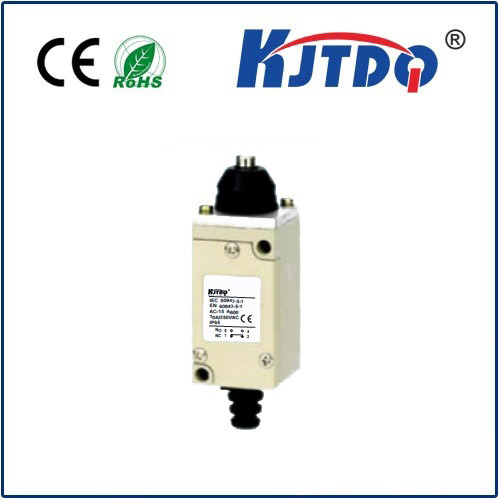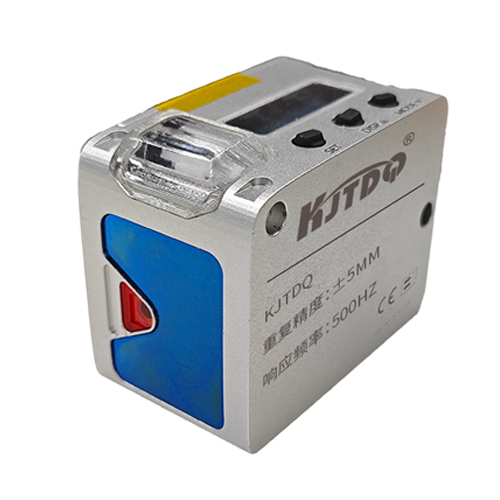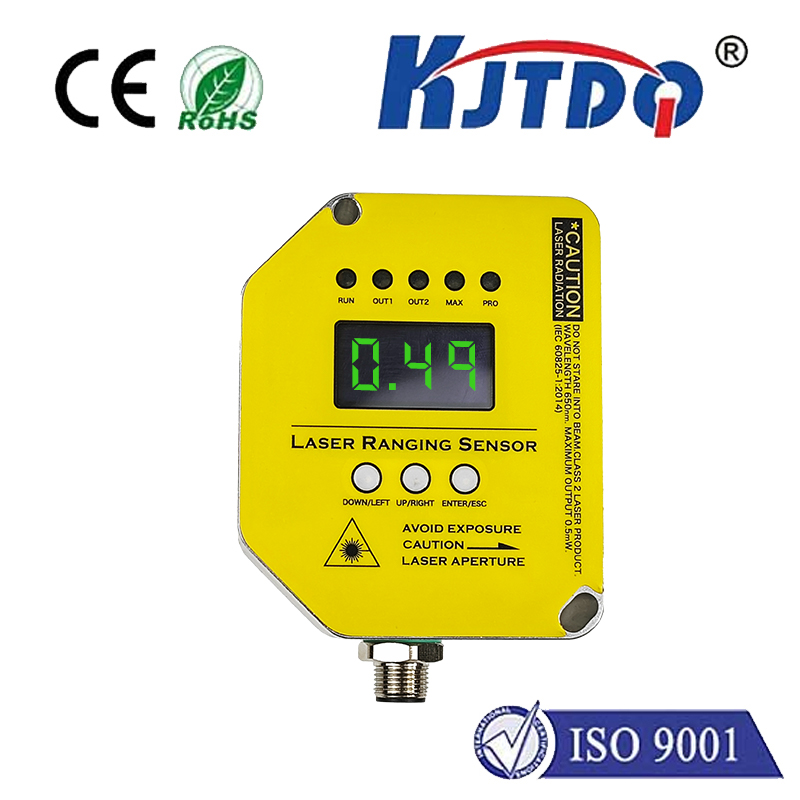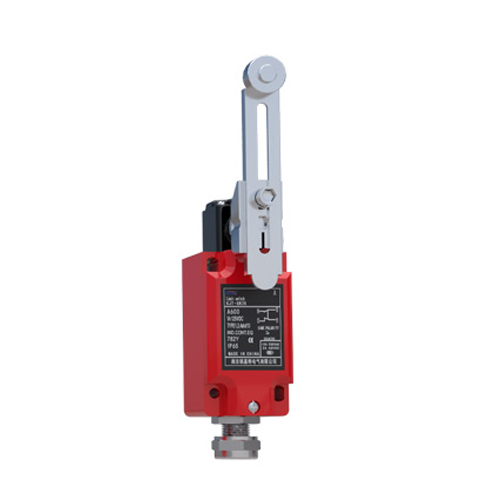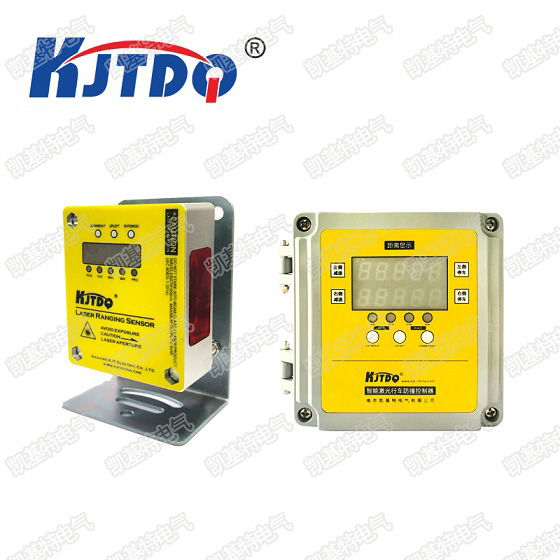brake temperature sensor
- time:2025-08-22 02:42:41
- Click:0
Brake Temperature Sensors: Your Unsung Guardian Against Overheating
Imagine pushing your car hard down a mountain pass, relying on your brakes turn after turn. Suddenly, the pedal feels spongy, requiring significantly more effort. That terrifying sensation, known as brake fade, is often caused by critically overheating brakes. While calipers, pads, and rotors grab the spotlight, a tiny, sophisticated component works silently in the background to monitor this critical threat: the brake temperature sensor. This technology is rapidly becoming an indispensable part of modern vehicle safety and performance systems, actively preventing dangerous situations before they escalate.
Beyond Guesswork: How Brake Temperature Sensors Work
Unlike gauging engine temperature, drivers have historically had no direct way to monitor brake temperature monitoring system levels. Relying on pedal feel or the smell of burning pads is reactionary and often too late. Brake temperature sensors provide real-time, accurate data, typically measuring the temperature of the brake disc (rotor) or, less commonly, the caliper itself. There are two primary sensing technologies:

- Infrared (Non-Contact) Sensors: These sensors, often mounted near the wheel hub or suspension component, use infrared radiation to measure the surface temperature of the brake rotor without touching it. They offer fast response times and are less susceptible to damage from extreme heat cycles.
- Contact Sensors (Thermocouples or RTDs): These sensors are physically attached to the brake rotor (sometimes embedded) or caliper. They provide highly accurate readings directly from the heat source. While robust, their physical integration can be more complex and potentially more vulnerable to damage during severe braking or component wear.
The sensor’s data is continuously fed into the vehicle’s Electronic Control Unit (ECU) or a dedicated brake control module. This is where the magic happens – turning raw temperature readings into actionable intelligence.
Why Knowing Your Brake Temp is Mission Critical
The implications of understanding brake thermal management extend far beyond preventing an embarrassing smell:
- Combating Brake Fade: Excessive heat is the primary enemy of braking performance. As brake pads and rotors overheat, the friction material’s effectiveness drastically reduces (friction-fade), and the brake fluid can boil, creating compressible vapor bubbles within the hydraulic lines (fluid-fade). Both scenarios lead to a dangerously soft or long brake pedal. A brake temperature warning system, powered by sensor data, can alert the driver before fade becomes critical, advising them to moderate speed or pull over to let brakes cool.
- Enhancing Active Safety Systems: Modern vehicles rely heavily on complex systems like Anti-lock Braking Systems (ABS), Electronic Stability Control (ESC), and Torque Vectoring. These systems dynamically modulate brake pressure at individual wheels. Knowing the exact temperature of each brake significantly improves their algorithms. A hot brake responds differently to pressure than a cold one. Integrating brake temperature sensor data allows these systems to adjust intervention strategies in real-time, optimizing stopping power and vehicle control during demanding maneuvers or repeated braking.
- Optimizing Performance Driving: On the track or during spirited driving, managing brake temperature is paramount. Performance-oriented vehicles often feature dedicated displays showing brake temps, allowing drivers to manage their braking zones effectively. Some advanced systems can even trigger cooling mechanisms (like directing airflow) based on sensor readings to maintain optimal performance lap after lap. Preventing thermal overload directly translates to consistent stopping power.
- Predictive Health Monitoring: Continuously monitoring brake temperature trends can provide early warnings of potential problems. For instance, a wheel consistently running hotter than others might indicate a sticking caliper, binding brake pads, or a restricted brake line. This allows for proactive maintenance before complete failure or more severe damage occurs.
Integration: The Key to Intelligent Braking
The true power of the brake temperature monitoring system lies in its seamless integration with the vehicle’s broader electronic architecture. It’s rarely a standalone component. Its readings are crucial inputs for:
- Advanced Driver Assistance Systems (ADAS): Features like adaptive cruise control or emergency braking benefit from understanding brake component stress levels.
- Brake-by-Wire Systems: As this technology evolves towards fully electronic brake actuation, precise temperature knowledge becomes even more critical for safety and performance modulation.
- Driver Information Displays: Providing clear warnings (visual or audible) or even real-time temperature readouts keeps the driver informed and empowered.
- Thermal Management Controllers: In high-performance EVs or hybrids, brake temp data might influence regenerative braking strategies to reduce friction brake use and manage heat buildup effectively.
The Future is Hot (and Monitored)
The importance of brake temperature sensors is set to grow exponentially. As vehicle weights increase (especially with EVs), performance expectations rise, and automated driving systems demand ever-higher levels of safety and predictability, precise thermal management of braking components becomes non-negotiable. Research and development are focused on:
- Even Greater Accuracy and Durability: Sensors capable of withstanding the harshest conditions and providing split-second data.
- Predictive Analytics: Using AI and machine learning on historical temperature data to anticipate issues or optimize cooling strategies proactively.
- Wider Adoption: Moving beyond high-performance and luxury segments into mainstream vehicles as a core safety feature.
This unassuming sensor is far more than just a thermometer for your brakes. It’s a vital early warning system, a critical enabler for advanced safety technologies, and a performance optimizer working tirelessly behind the scenes. By providing the vehicle’s brain with real-time intelligence on one of its most stressed systems, the brake temperature sensor plays a fundamental role in keeping you safe, enhancing control, and extending the life of crucial components. It truly is an unsung guardian against the dangers of overheating. Its data empowers safer stops, sharper handling, and provides crucial diagnostics, making modern braking systems significantly smarter and more resilient.






